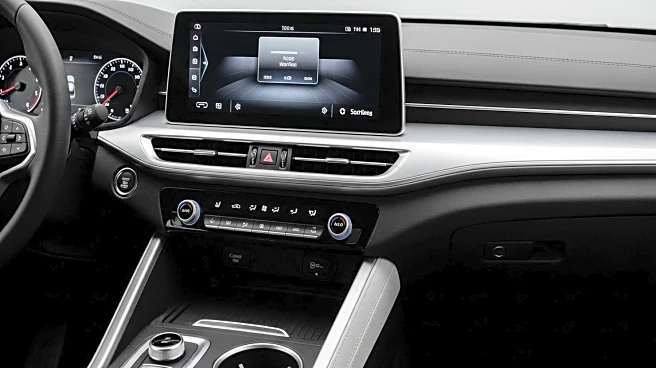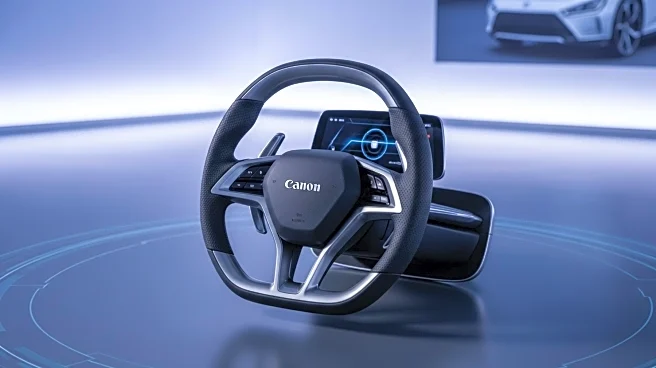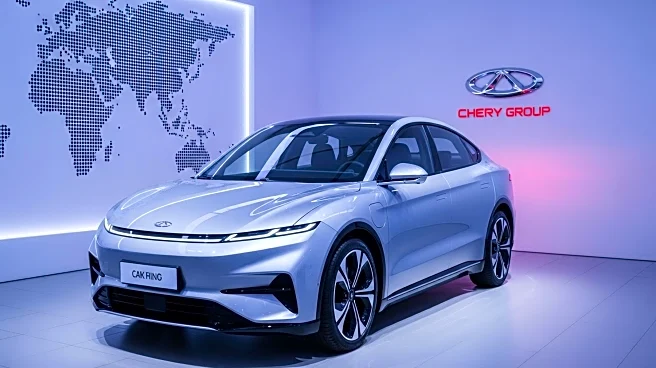What's Happening?
Automakers are increasingly adopting touchscreen controls in vehicle interiors, moving away from traditional tactile surfaces. This shift is causing frustration among drivers who find these systems complex and distracting. According to Consumer Reports and J.D. Power's Initial Quality Study, infotainment systems are a major source of complaints, often surpassing mechanical issues. Drivers report difficulties with touchscreens freezing, confusing menus, and voice command failures. An AAA Foundation for Traffic Safety study highlights that touchscreen interactions can divert drivers' attention for over 40 seconds, posing significant safety risks. Older drivers, daily commuters, families, and new EV owners are particularly affected by these changes, struggling with the steep learning curve and potential distractions.
Why It's Important?
The move towards touchscreen controls in vehicles has significant implications for road safety and driver satisfaction. As drivers face increased distractions, the risk of accidents may rise, impacting public safety. The complexity of these systems can alienate certain demographics, such as older drivers and families, who prefer simpler, more intuitive controls. This trend could influence consumer preferences, potentially affecting sales for manufacturers that prioritize digital interfaces over usability. Automakers that balance modern technology with user-friendly designs may gain a competitive edge, appealing to drivers seeking both innovation and practicality.
What's Next?
Manufacturers may need to reconsider their approach to vehicle interior design, balancing technological advancements with driver usability. Consumer Reports suggests that physical buttons and knobs remain the gold standard for ease of use, allowing drivers to make quick adjustments without losing focus on the road. As safety concerns grow, automakers might face pressure to integrate more intuitive controls, potentially leading to a resurgence of tactile interfaces. Future vehicle models could see a blend of digital and physical controls, aiming to enhance both style and functionality.
Beyond the Headlines
The shift towards touchscreen controls raises ethical questions about the responsibility of automakers to prioritize driver safety over aesthetic appeal. As technology evolves, the automotive industry must navigate the balance between innovation and practicality, ensuring that advancements do not compromise user experience or safety. This trend may also influence broader cultural shifts, as consumers increasingly demand products that integrate technology seamlessly without sacrificing usability.











